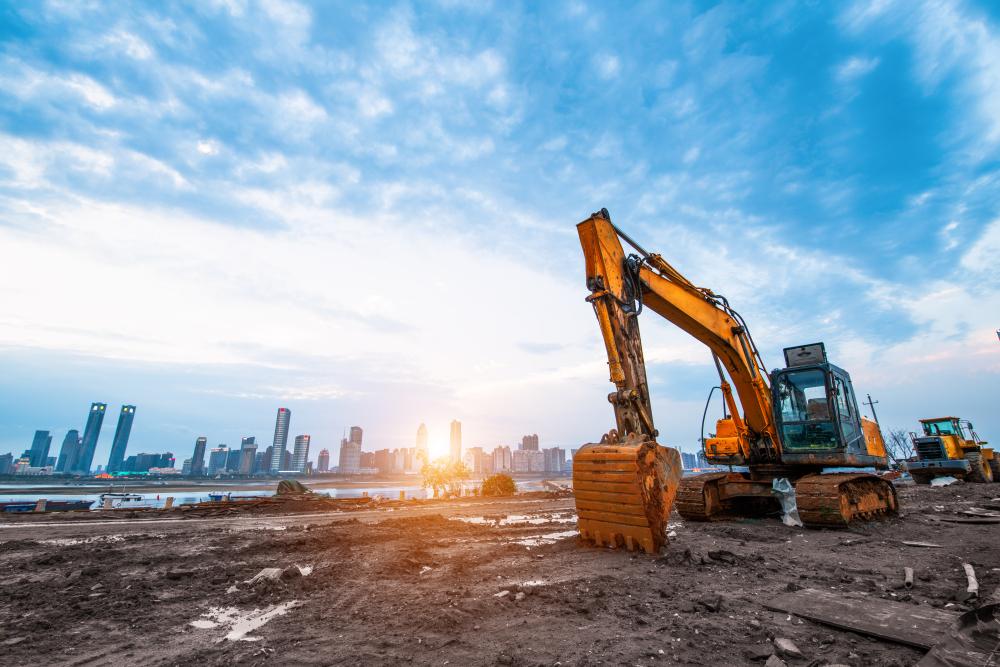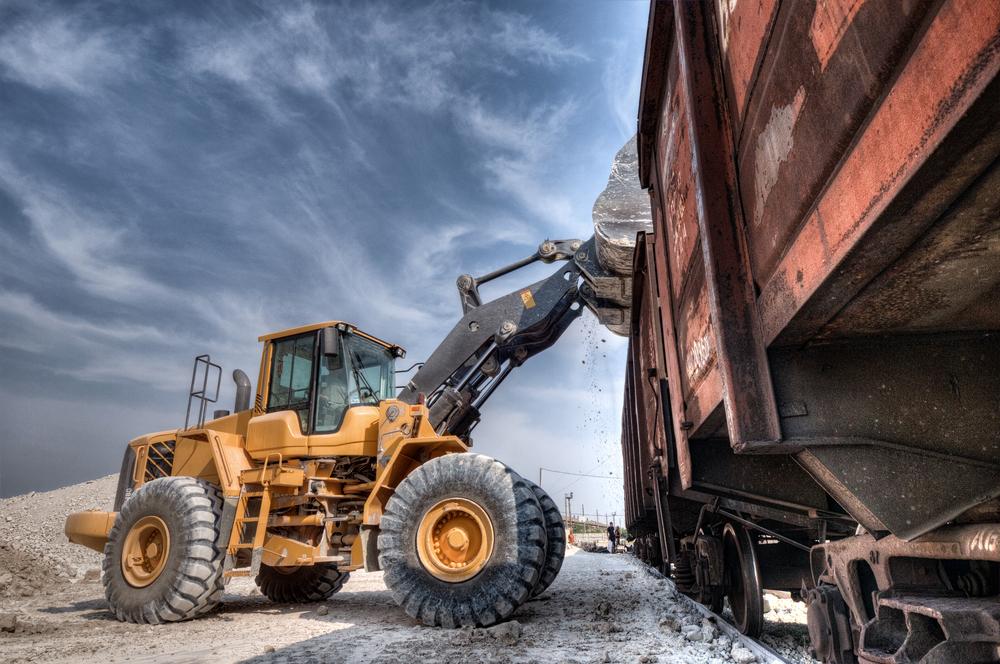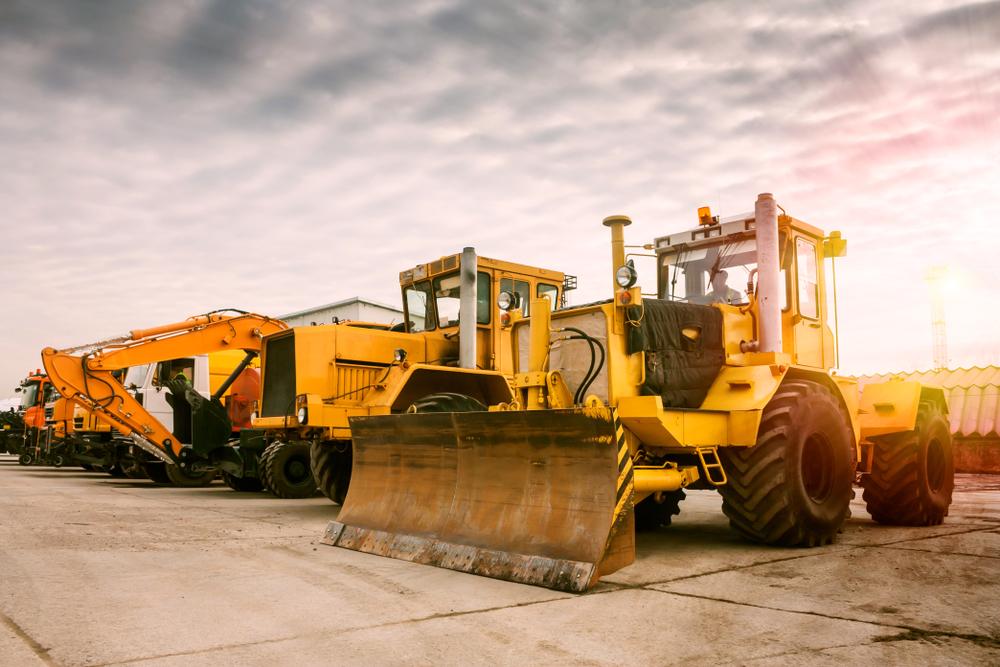
Heavy machinery is large, heavyweight equipment used to complete construction and industrial tasks. Common types of heavy machinery include bulldozers, excavators, loaders, cranes, drills, and more.
These machines can weigh tens of thousands of pounds and require specialized transportation to move them safely and efficiently between job sites. Proper containerization is crucial for protecting heavy machinery during transport and ensuring it arrives without damage.
Heavy machinery transportation presents unique logistical challenges due to its weight and sensitivity. Using the correct type of container is critical to safely securing the load and navigating regulatory requirements.
This blog post will explore the various container options available for heavy machinery transportation and the considerations for selecting the most suitable container type.

Types of Containers
Several standard container types are commonly used for transporting heavy machinery by land, sea, and air. Each has advantages depending on the machinery's size, weight, and transport method.
- Standard containers: Also known as intermodal containers, standard containers are the most frequently used type. They are cube-shaped, weatherproof steel boxes easily stacked and secured to flatbed trucks, rail cars, and ships. Standard containers come in 20-foot and 40-foot lengths. While they work well for smaller machinery, larger equipment may not fit.
- Flat rack containers: Flat racks are open-top containers without sides or a roof. They consist of steel rails or a deck supported by vertical mounts. Flat racks allow oversized or non-standard cargo and provide flexibility for loading and securing irregular shapes. However, exposed loads are more vulnerable to weather and theft.
- Open-top containers: Similar to standard containers without a roof, open-top containers have three sides and a rear door for easy loading. Compared to flat racks, they protect from the weather while accommodating taller machinery. Straps or mesh covers are needed to secure exposed top loads correctly.
- Specialized containers: Customized containers may need to be engineered for some very large or unique-shaped machinery. Specialized container designs can be constructed from heavy-duty materials like steel or aluminum to meet unusual dimensional or weight requirements. However, they require additional planning, engineering, and budgeting.
Considerations for Transport
When selecting the appropriate container type, several factors relating to the heavy machinery must be considered:
- Size and weight: Dimensional restrictions vary depending on the mode of transportation. Containers need enough interior space and load-bearing capacity to hold the machinery safely. Overweight loads require special permits.
- Environmental factors: Weather conditions like wind, precipitation, and extreme temperatures affect how equipment should be packaged. Enclosed containers provide better protection than open models.
- Security and safety measures: Valuable machinery requires secure loads that cannot shift or open during transport. Stability is also essential to prevent accidental tipping. Locks, seals, and tracking devices may be needed.
- Operational requirements: Some heavy equipment has fluids, protrusions, or other features requiring customized packaging. Access panels or ventilation openings could be integral. Container selection impacts factors like set-up/break-down times.
Challenges and Solutions
Transporting heavy machinery presents unique complications that require careful planning and execution:
- Loading and unloading: The bulky size and weight of loads pose challenges for loading and unloading using standard equipment like cranes. Specialized mobile lifting and skidding may be required. Extra site preparation and personnel ensure safety.
- Legal and regulatory compliance: Public road weight limits, rail and marine shipping dimensional restrictions, and hazardous cargo rules must be followed. Oversize transports require permits and certified pilot vehicles.
- International shipments: Multimodal coordination across borders involves custom documentation, unique laws in each nation, currency exchange rates, and potential delays. Proper container sealing verifies cargo integrity.
- Solutions involve selecting equipment suited to the load dimensions, hiring qualified rigging experts, obtaining all necessary permits well in advance, and thoroughly inspecting and testing cargo securing systems. Multi-party collaboration streamlines the logistical hand-offs across modes and borders.

Real World Challenges
Here are two examples that illustrate challenges and best practices in heavy machinery transportation:
- Excavator delivery: A 50-ton hydraulic excavator must be delivered from the factory to an overseas mining site. Standard containers could not contain its massive counterweight. An engineered specialized container with removable side panels allowed drive-in loading and secured the boom and tracks.
- Wind turbine transportation: Three 280-foot tall wind turbines were shipped via ocean freight from Europe to the US. Sections were packaged onto long, wide, flat rack containers with complex reinforced decking. The blades were divided and strapped down while the nacelles were enclosed. Pilot vehicles guided the 350-foot convoy travels required. Careful planning accommodated each port's structural limits in infrastructure. Both deliveries arrived on-site fully intact after intermodal coordination.
Future Trends
The heavy equipment transportation industry continuously evolves thanks to technological advancements:
- Modular components: Manufacturers design machinery with modular, interchangeable sections that break into smaller batches, facilitating multimodal handling and final assembly on location.
- Automated processes: Advances in lifting, loading, and securing automation lessen human-related risks while speeding workflows. Robotics and AI coordinate equipment positioning with greater precision.
- Greener fuels: Biofuels, hydrogen cells, and other renewable energy sources replace traditional diesel in power transport fleets, reducing environmental impact. Hybrid and electric vehicles haul smaller loads within urban job sites.
- Data connectivity: IoT sensors integrated with machinery and containers gather real-time shipment data. Condition monitoring optimizes routing and predictive maintenance planning based on usage patterns. Blockchain technology enhances supply chain visibility and traceability.
These emerging trends promise to make heavy equipment logistics even more efficient, sustainable, and customized to unique project conditions worldwide.

Key Takeaways
Transporting heavy machinery safely and compliantly between locations requires specialized containerization matched to the load characteristics and journey attributes. Standard containers remain a mainstay solution, but flat racks, open tops, and custom designs provide flexibility for oversized or non-standard-shaped cargo. Thorough pre-planning addresses weight, dimensions, weather protection needs, and regulatory restrictions.
Qualified third parties with expertise in heavy-haul workflows streamline complex multimodal coordination challenges. Technological progress will continue refining shipping processes. With the proper container selection and logistical execution, heavy equipment can be reliably delivered to job sites worldwide.
Are you in need of dependable heavy machinery or equipment transportation? Let A1 Auto Transport handle your next big move. As a licensed and insured carrier specializing in oversized cargo, we have the specialized vehicles and experienced personnel required to safely transport bulldozers, cranes, generators, and more. Contact us today to receive a free quote.






 Share on Facebook
Share on Facebook Share on LinkedIn
Share on LinkedIn Share on Twitter
Share on Twitter




 Google
Google  Instagram
Instagram  Trustpilot
Trustpilot 



